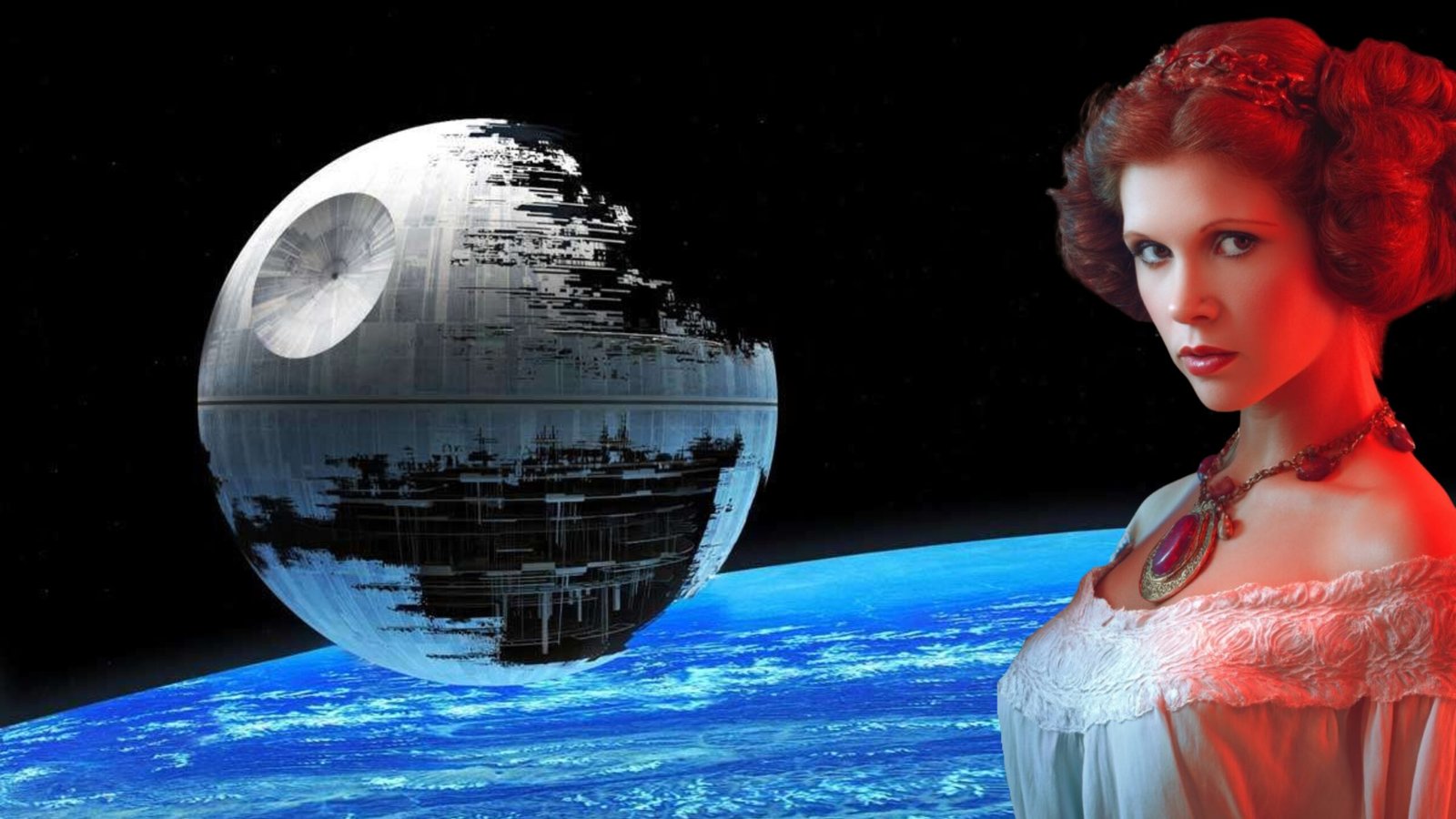By Johnny Punish
A Long Time Ago… in a Spare Bedroom Not So Far Away
I set out on a crazy mission: to answer the question “What if Luke Skywalker fronted an arena rock band in the 1980s?”
The result? LEIA 420-1980 — an AI-powered Star Wars parody music video that blends synth-rock nostalgia, galactic drama, and digital creativity.
And here’s the kicker: I did it all using AI tools.
No crew. No studio. No budget (well, almost none). Just me, an idea, and a whole lot of trial and error.
This is the story of how I made it — the tools I used, what worked, what didn’t, and what I learned from turning a ridiculous idea into a fully animated music video.
The Idea: Luke, Leia… and an 80s Power Ballad
The inspiration came from that infamous kiss between Luke and Leia in The Empire Strikes Back — an awkward moment in Star Wars history that still makes fans squirm.
So I thought: what if Luke, not knowing Leia is his sister, wrote a sappy 1980s rock anthem about her? Big hair, neon lights, arena synths… and a chorus you can scream in the Falcon’s cockpit.
From there, LEIA 420-1980 was born.
Writing and Song Creation with AI Help
Lyrics & Concept: I wrote the song lyrics myself, parody-style, in the spirit of Tommy Tutone’s “867-5309 (Jenny).” The idea was to match that same catchy, stalker-ish energy — only with Jedi confusion and galactic heartbreak.
Music Production: The base track was generated with assistance from AI composition tools and digital audio samples. I kept it simple: hook-heavy riffs, retro drum patterns, and that nostalgic 80s vibe. (Think synth-laced Bon Jovi meets Star Wars cantina band.)
Animation & Visuals – The AI Toolbox
This is where the real experimentation kicked in.
Leonardo.Ai & Mage.Space
Used for generating the Star Wars-style character art — from Luke in glam rock gear to Darth Vader with a bass guitar. These platforms provided the key visuals for each “band member” in the fictitious group: Skywalker & The Sons of Sith.
HeyGen
For animated lip-syncing and character performance. I fed in vocals and got surprisingly expressive characters — even if they didn’t quite match ILM quality, they nailed the vibe.
RunwayML
A game-changer for motion scenes. I used Runway’s tools to animate background elements, generate transitions, and give the whole thing movement and cinematic flow.
Canva
For graphic elements, title cards, and simple editing. Canva’s underrated when used creatively — and it kept the retro aesthetic on point.
Wondershare Filmora
This is where I brought it all together. I used Filmora to stitch the clips, sync visuals with the music, and polish the final cut. It’s not Premiere Pro, but for a solo creator on a budget, it’s more than capable.
Cost, Time & Learning Curve
Let’s be real: this wasn’t “push a button, get a masterpiece.” There was a lot of frustration.
What I expected:
-
$30 in costs
-
5 hours of work
What actually happened:
-
~$60 in credits, subscriptions, and add-ons
-
~20 hours of labor, trial-and-error, and YouTube tutorials
BUT — now that I know what works?
Next time, I could easily do something like this in under 5 hours. The experience was invaluable.
Will It Go Viral? Or Fade into Space Dust?
That’s the million-credit question.
If the video hits 100,000 views? Absolutely worth it.
If it caps at 1,000? Not really — at least, not financially.
But here’s the thing: I didn’t do this just for the views.
I did it to learn, experiment, and push what’s possible with AI + creativity. I did it for fun — and because who wouldn’t want to see Luke Skywalker belt out an 80s love ballad to his sister?
Final Thoughts
LEIA 420-1980 wasn’t just a music video. It was a creative adventure through new tech, nostalgia, and absurdity. It proved to me that, with AI tools, solo creators now have the power to do what once took teams and budgets.
So if you’re a musician, a filmmaker, a fan, or just a weirdo with a wild idea: Go for it.
The Force (and the algorithm) might just be with you.
Leave a comment, share it, and tell me what you’d like to see next from Skywalker & The Sons of Sith.











